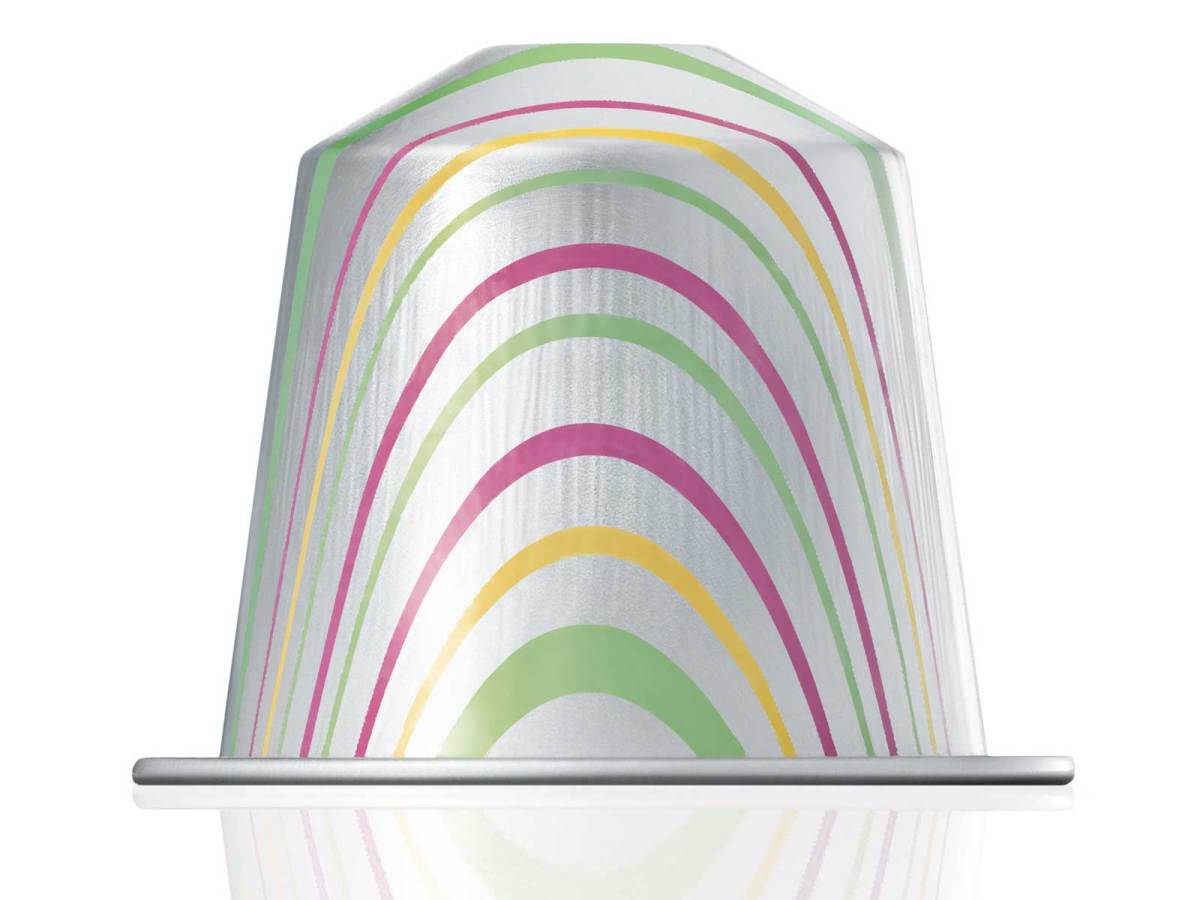With money tight, consumers have been inspired by MasterChef and My Kitchen Rules to create restaurant-like experiences at home. A replication of this phenomenon is also being experienced by coffee lovers — they don’t want to spend $4 on a cup of espresso but they will not settle for instant.
GfK results show sales of espresso machines have doubled in volume from June 2012 to May 2013, compared to five years ago. Over the last 12 months, there have been over 500,000 espresso machines sold, making the total coffee machine category worth $178 million (that gives an overall ASP of around $350).
Similarly, Canstar Blue research shows that 34 per cent of households across Australia now have an espresso coffee machine. Sixty-eight per cent of these coffee-loving Australians say they have saved money on expensive café-bought coffees with the purchase of their espresso machine.
Canstar Blue manager Rebecca Logan told Appliance Retailer that there has been a meteoric rise in this category in a very short period of time.
“It does seem to come down to convenience. People are confident about their home barista skills, with 81 per cent saying they were confident when making coffee for guests,” she said.
“I think people have confidence in what they’re doing, as 58 per cent of people said they were using their coffee machines every day.”
Canstar found the three top attributes people were looking for when buying an espresso coffee machine were functionality and features (38 per cent), value for money (28 per cent) and brand (13 per cent).
Satisfying these top three reasons are portioned coffee machines, making them currently the most sought out coffee machine model.
Portioned machines now account for more than three-quarters of all espresso machines sold. This is compared to solo traditional machines, which make up 18 per cent of the market, and fully automatic machines, which account for 6 per cent.
The portioned machines market has not only grown to be more popular, but also more competitive, with just under 100 models released in the last 12 months for consumers to choose from.
Breville has been reaping the benefits, having introduced eight co-branded Nespresso machines in June.
Athena Kalos, Breville business manager – Nespresso, said as consumers’ interest in coffee grows it is driving an interest in having a coffee machine at home.
“Overall the interest in espresso coffee is growing and the emergence of different types of machines, from manual to portioned, is helping to provide a solution for every consumer,” Kalos said.
“The new Nespresso Breville range expands the Breville offering to capture a broader range of home coffee enthusiasts. Portioned coffee machines are extremely compact and ideal for those with limited kitchen bench space. They are also a reliable choice for consumers seeking quality coffee and consistent results from a home appliance.”
The decline of average prices of portioned coffee machines – which now sits at $259 – is also stimulating growth in the space.
“The portioned coffee market is becoming more competitive with numerous brands entering the category in the mass channel. Growth is evident from sub $299 models and generating incredible interest for the portioned category.”
Solo traditional machines had always had the lowest average prices, but this segment actually saw a lift in average prices up to May 2013 (MAT), making it the second most expensive type of espresso machine, after full automatics.
“As Australia’s coffee palate matures Breville has found both manual and automatic coffee machines are becoming popular gifts with a wide variety of design and colour options. Father’s Day will be the next key sales period for this category,” Kalos said.

